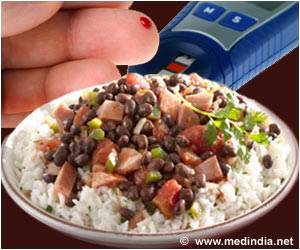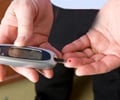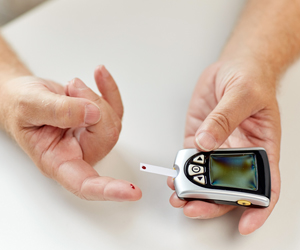
Eating disorders and insulin-dependent diabetes mellitus
Go to source).
Insulin Omission and Eating Disorders in Diabetes Management
“Intentional skipping or restriction of insulin doses will lead to weight loss, but this also maintains high blood glucose, throwing the management of diabetes off balance,” Doctoral Researcher Pia Niemelä of the University of Eastern Finland says.‘Insulin-dependent diabetics are at risk of eating disorders, with 1 in 5 intentionally skipping insulin. #diabetes #eatingdisorders #medindia’
Tweet it Now
According to the meta-analysis, one in five patients reported intentional insulin omission.Published in Eating Behaviors, the meta-analysis compiled findings from 45 previous studies. The data included a total of 11,592 individuals with insulin-dependent diabetes, of whom 2,521 exhibited eating disorder symptoms.
Eating disorder symptoms were more common in women than in men, which is an observation that has previously been made in young people as well. Age, however, was not a significant factor, as eating disorders occurred regardless of age group (2✔ ✔Trusted Source
Eating Disorders and Diabetes
Go to source).
Recognizing Eating Disorder Symptoms in Diabetic Patients
“Eating disorder symptoms are often thought to affect adolescents and young adults. However, our meta-analysis shows that adults, too, suffer from eating disorder symptoms, which is why it is important to learn to identify patients with eating disorders. Here in Finland, for example, we currently don’t have a care pathway for patients who have both diabetes and eating disorders. Understanding the clinical picture and its prevalence is the first step in developing treatment and care pathways,” Niemelä says.Diabetics with eating disorder symptoms have a higher risk of comorbidities and complications associated with diabetes. Eating disorder symptoms are screened using various surveys, including the most commonly used DEPS-R, which in the current meta-analysis was positive in 27 per cent of the subjects.
Advertisement
- Eating disorders and insulin-dependent diabetes mellitus - (https://pubmed.ncbi.nlm.nih.gov/9664770/)
- Eating Disorders and Diabetes - (https://www.diabetes.org.uk/guide-to-diabetes/emotions/eating-disorders-and-diabetes)
Source-Eurekalert















